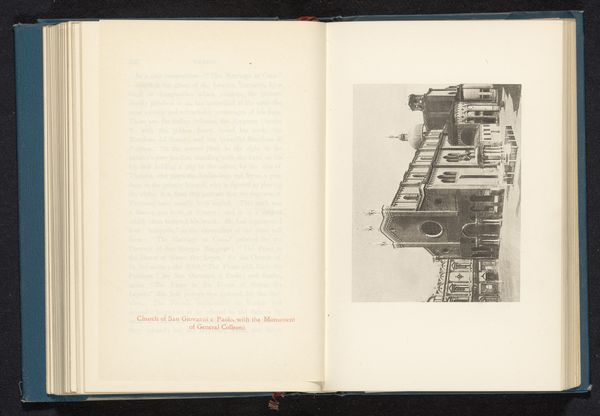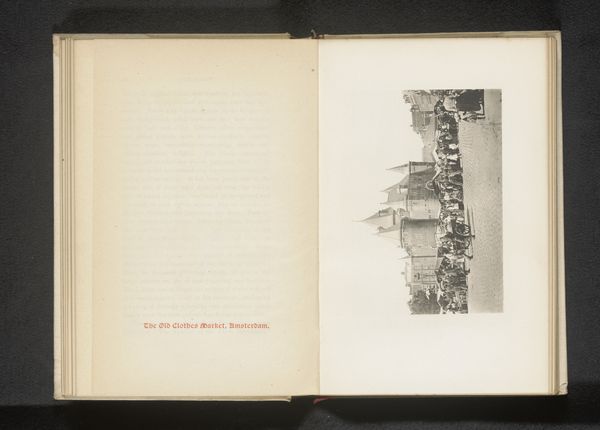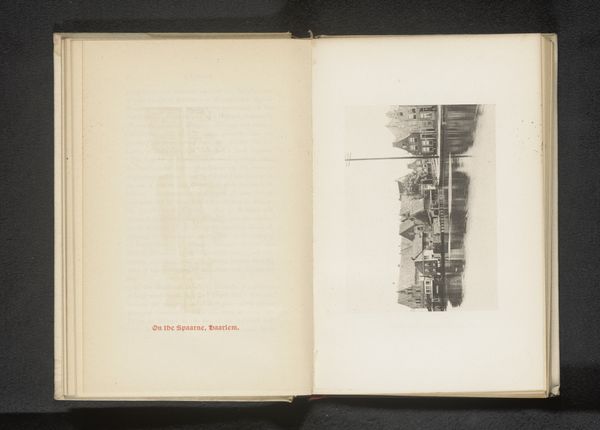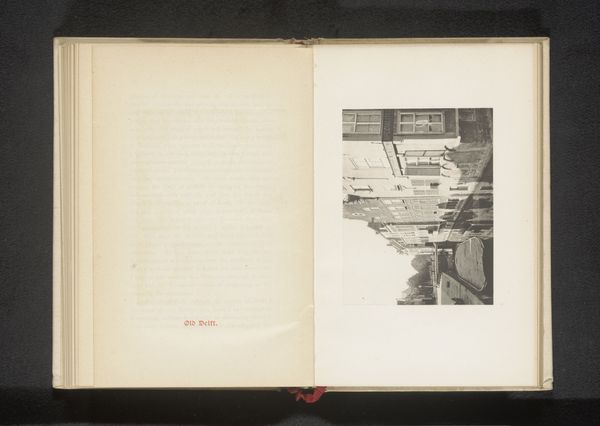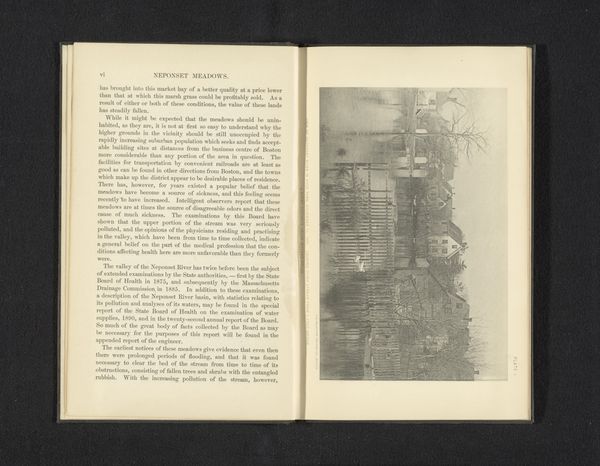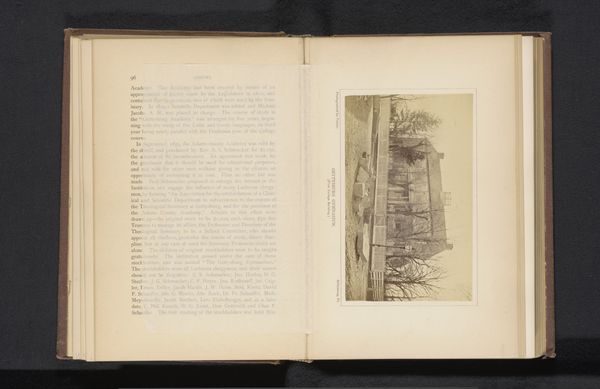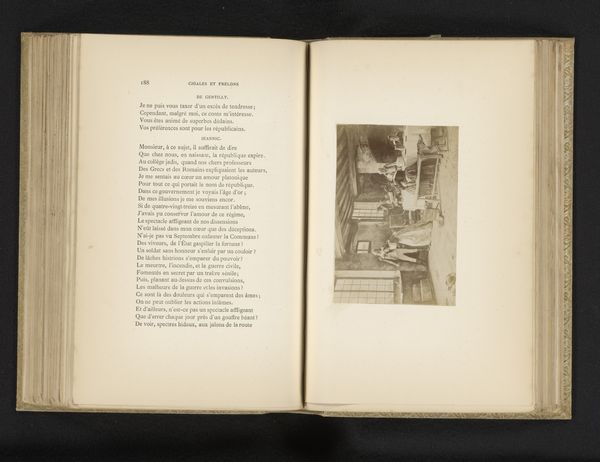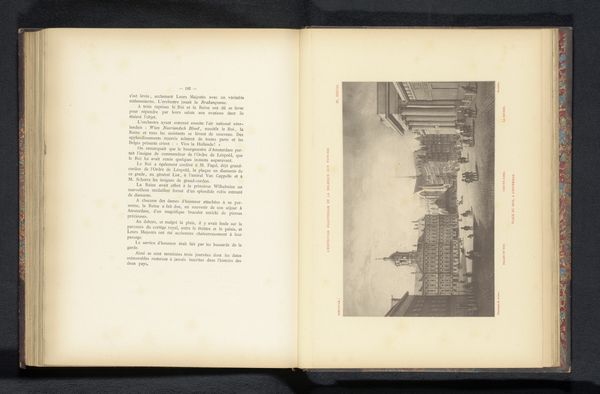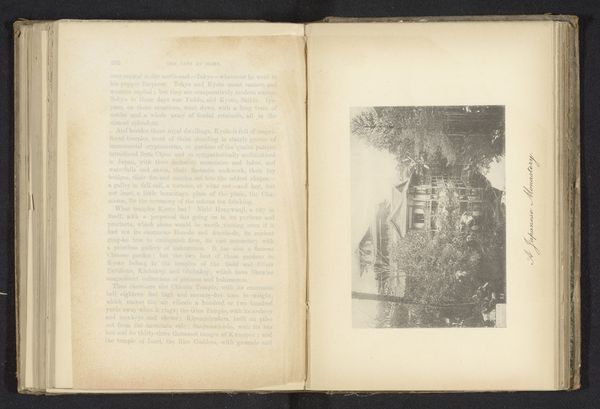
Fotoreproductie van een prent, voorstellende een gezicht op het Canal Grande te Venetië, met op de achtergrond de San Geremia c. 1882 - 1892
0:00
0:00
Dimensions: height 93 mm, width 120 mm
Copyright: Rijks Museum: Open Domain
Editor: So, this is a photo reproduction of a print depicting the Canal Grande in Venice, likely created between 1882 and 1892. What strikes me is the composition, how the church of San Geremia dominates the background, almost watching over the scene. What stands out to you in this image? Curator: What interests me is how this image participated in shaping perceptions of Venice at the time. The late 19th century saw a boom in tourism, and images like these played a key role in marketing the city. Think about it – the picturesque canals, the historical architecture… how does this portrayal contribute to a particular, romanticized idea of Venice? Editor: It does seem staged, almost like a movie set. Is that intentional? Curator: Absolutely. There was a conscious effort to present Venice as timeless, almost detached from the modern world. Consider the exclusion of modern developments; the focus is solely on the ‘historic’ city. Do you notice how the artist chose this specific angle, hiding potentially "unsightly" modernity? Editor: That makes sense. I guess they were selling an idealized version of the past. What I see now is how the print emphasizes what they wanted the city to mean. Curator: Exactly. And by reproducing and distributing this image, they cemented that meaning within the larger culture and public memory. I wonder about its influence on people's desire to visit Venice during that period? Editor: So it's less about Venice as it was and more about Venice as it was sold to be? Curator: Precisely. We can also study it as a historic document reflecting society’s changing relationship with preservation, cultural heritage, and the packaging of identity. Editor: I see now. It's more than just a pretty picture; it's a reflection of how Venice wanted to be seen, and how the world was convinced to see it. Thank you! Curator: Indeed! Analyzing the social and historical context truly unveils a work's full value, including how art shapes public opinion.
Comments
No comments
Be the first to comment and join the conversation on the ultimate creative platform.

